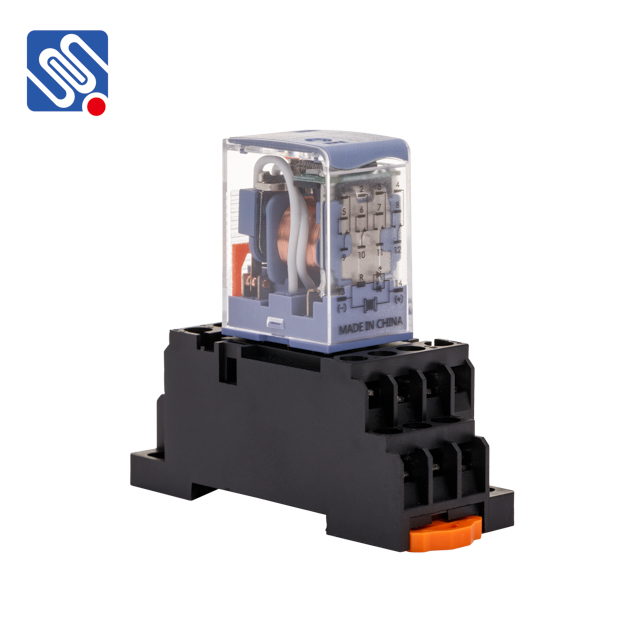Relays are essential components in various electrical systems, functioning as electromagnetic switches that control circuits by opening or closing contacts in response to electrical signals. One of the most commonly used types of relays is the 24VDC relay. The 24VDC relay operates on a 24-volt direct current power source and plays a vital role in industrial, automotive, and residential applications. This article delves into the significance of 24VDC relays, their working principle, typical applications, and why they are preferred in modern electrical systems.

Understanding the 24VDC Relay A 24VDC relay is an electromechanical device designed to control a high-power circuit using a low-power signal. The key feature of this relay is its operating voltage of 24 volts DC, which is a common voltage in many systems, particularly in industrial settings. The basic function of a relay is to use an electromagnet to open or close contacts, allowing or interrupting the flow of electricity through the circuit. In a typical 24VDC relay, when a voltage is applied to the coil of the relay, it generates a magnetic field. This magnetic field attracts or repels an armature, which in turn moves the contacts between the open and closed positions. When the relay is energized (voltage is applied), the contacts are either closed (allowing current to flow) or opened (interrupting the current flow).